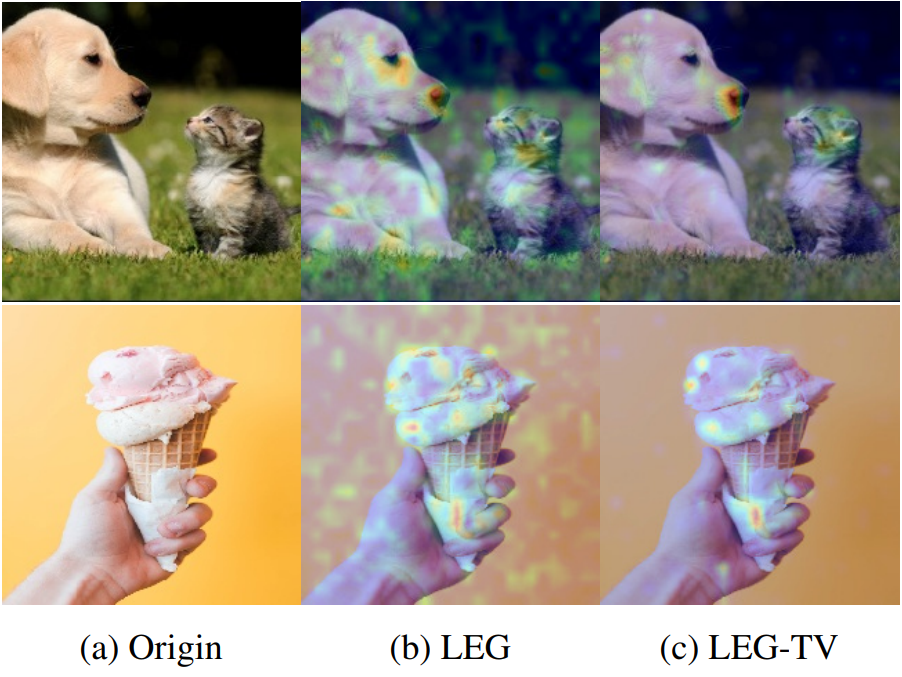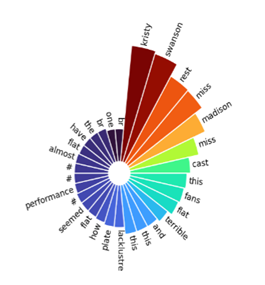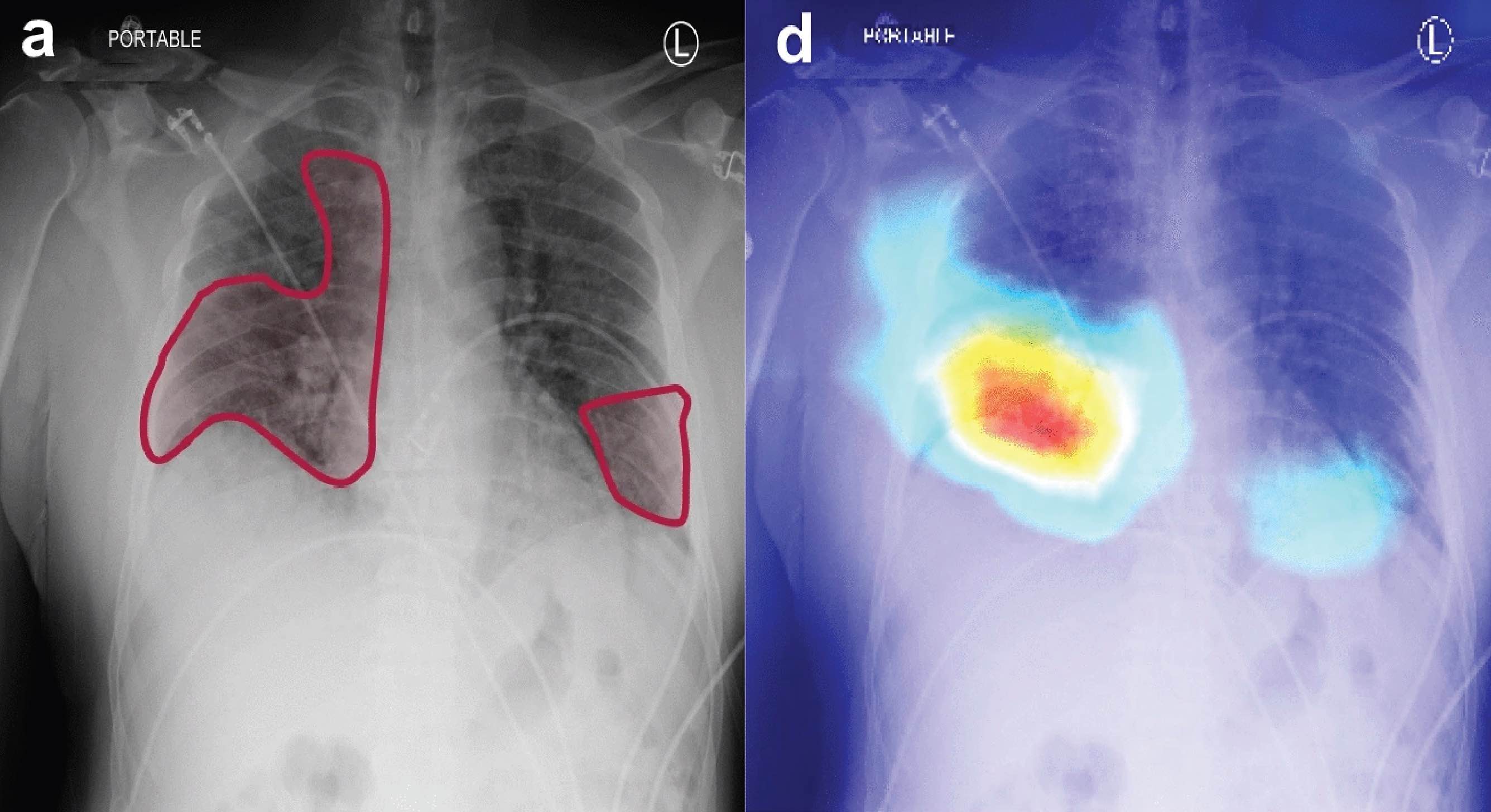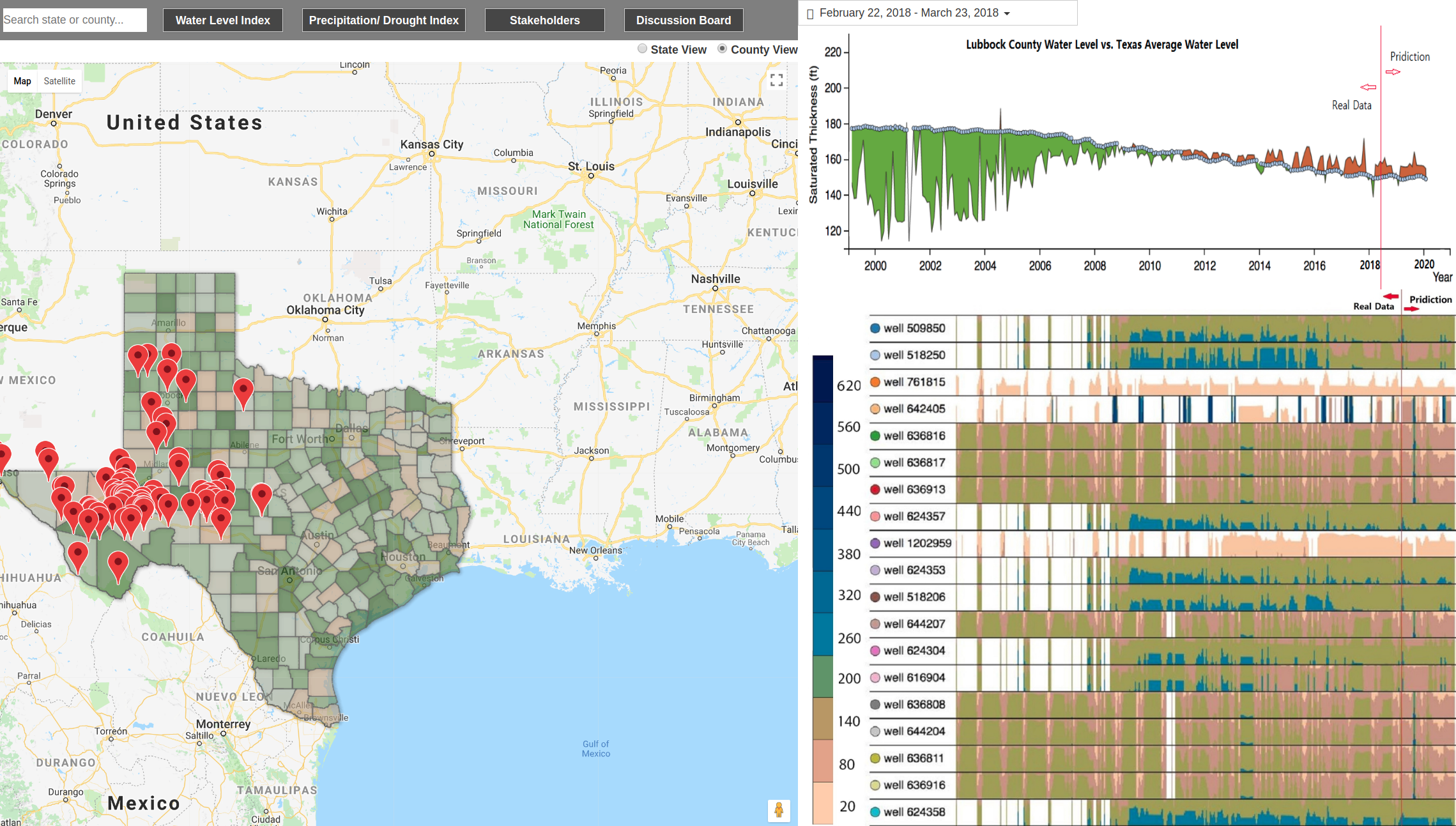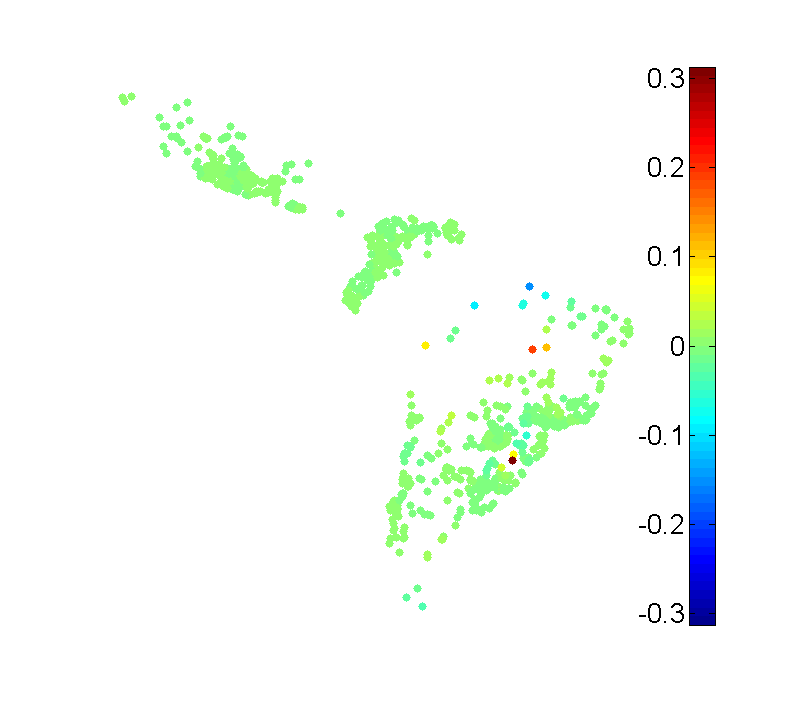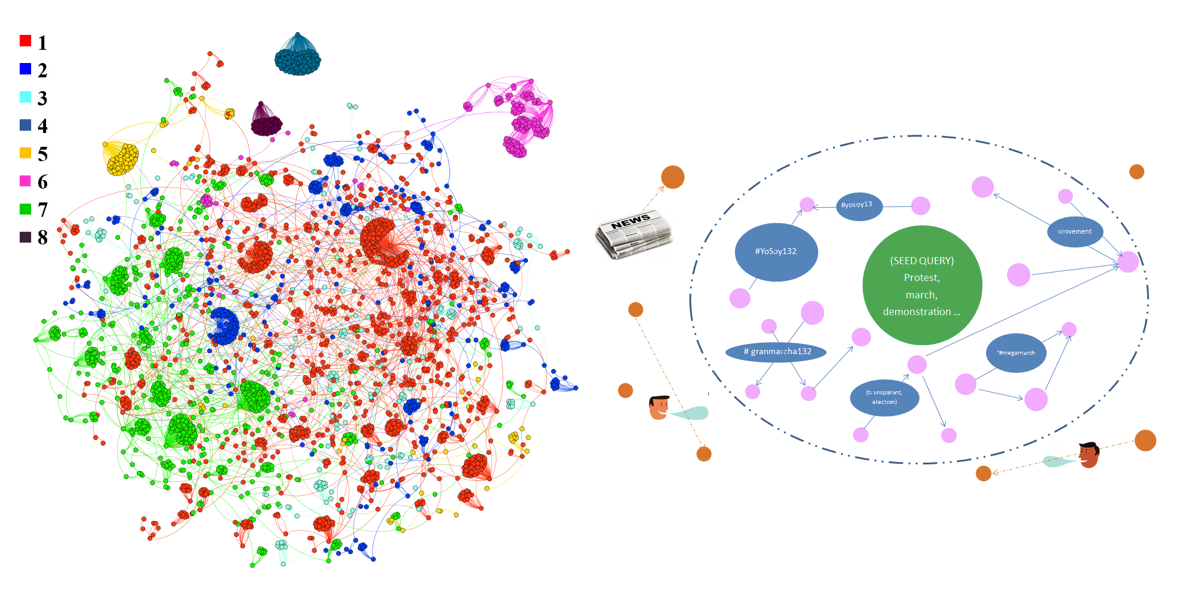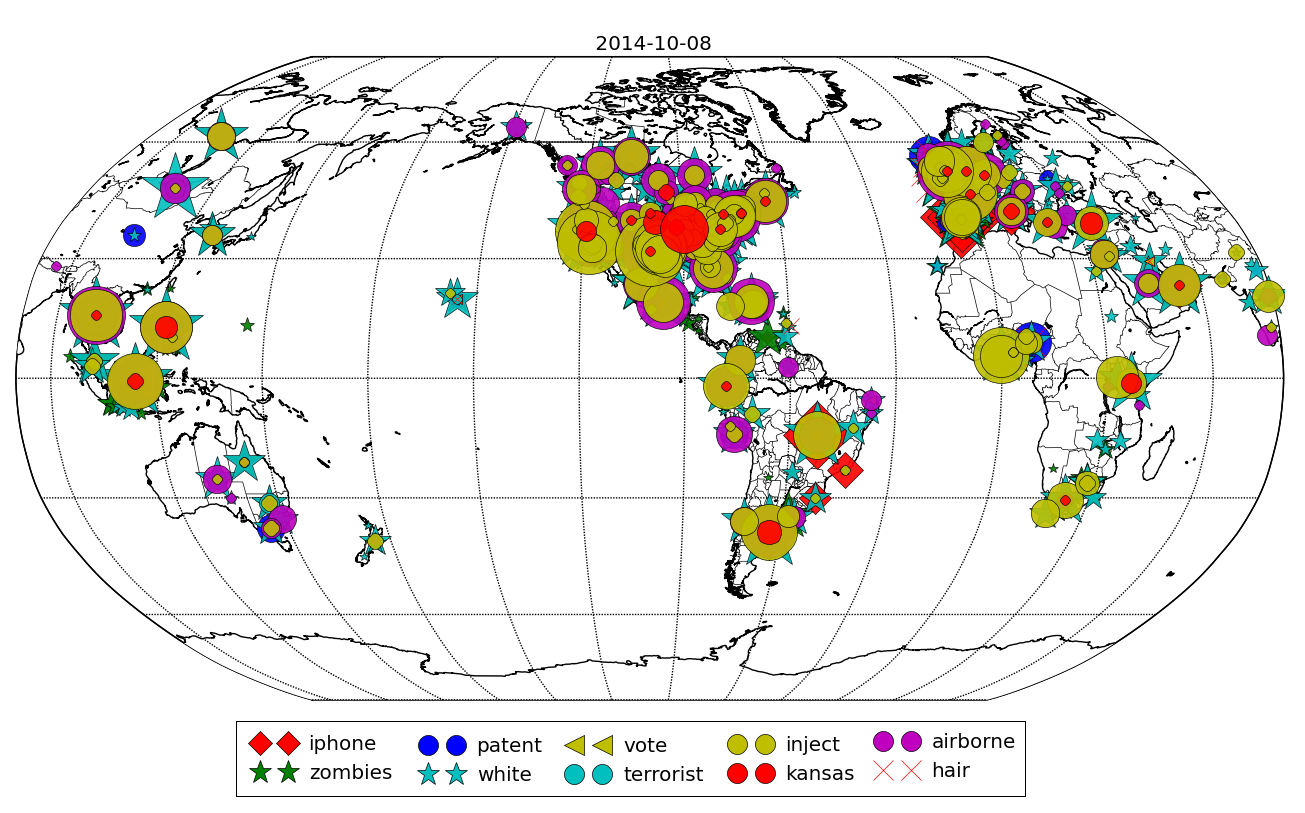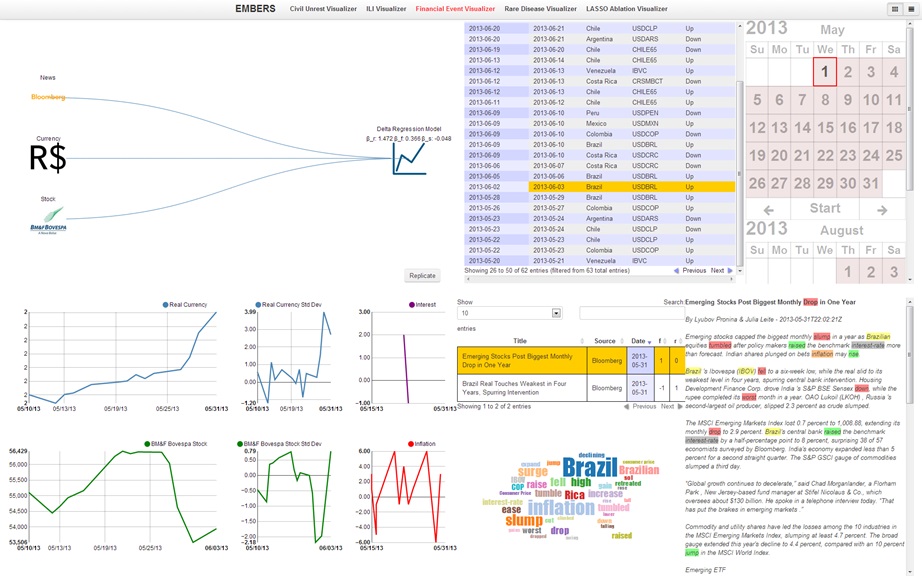Research
Image Interpretation
We present a statistical framework for saliency estimation for black-box computer vision models. Our proposed model-agnostic estimation procedure, which is statistically consistent and capable of passing sanity checks, has polynomial-time computational efficiency since it only requires solving a linear program. An upper bound is established on the number of model evaluations needed to recover regions of importance with high probability through our theoretical analysis. Furthermore, a new perturbation scheme is presented for the estimation of local gradients that is more efficient than commonly used random perturbation schemes. This work is publisedh at ICCV 2021. The source code can be found here, or click me to open in Google Colab for an interactive example.
Text Interpretation
Deep learning models are becoming increasingly prevalent in Natural Language Processing (NLP) systems. However, explaining deep neural networks in an NLP setting remains challenging. The primary reason is the unique data structure of the inputs involved and the corresponding subjective evaluations. Pixel intensities and audio frequency are often used as raw input on image or audio classification, while text is either tokenized or embedded before being fed into these deep models. We propose a constrained perturbation-based technique to explain how a text-based predictive model works in black-box settings.
Deep Reinforcement Learning Interpretation
Deep Reinforcement Learning (DRL) has achieved tremendous success in many sophisticated sequential decision-making problems, such as playing the game of go and robotics control. However, a substantial gap exists between such empirical success and the explainability of DRL policies, preventing widespread deployment of DRL algorithms in real-world systems. We plan to build a computational model to translate an agent’s internal state and action data representations into natural language and generate human-like explanations for agent’s behavior. This is still an ongoing work.
Medical Image Interpretation
Deep learning models have been widely used in various application scenarios and some even exceed human performance. However, the lack of a convincing interpretation framework makes deep learning-based medical image diagnosis far from applicable. We aim to develop an open-source diagnostic tool for medical image interpretation. The tool is expected to provide interpretations for arbitrary deep learning models, and output critical evidence, such as pixels and regions of the input image, which illustrates why the underlying deep learning models make a decision. At the same time, we also deliberate on the tool's flexibility by allowing users to customize a variety of parameters.
Opioid Addition
Opioid addiction poses severe threats to public health, causing many deaths and massive social disruption. It is therefore critical to be able to predict whether or not a recovering opioid addict will relapse. Our goal is to model Opioid relapse prediction and then design a personalized intervention plan.
Water Resource Management: water audit
We developed a smart and connected platform for water resource management, which integrates multiple data sources such as water level data, social media data, and water related articles. Furthermore, the tool enables forecasting underground water levels, identifying water concerns, sharing knowledge and expertise among stakeholders, and thus bringing new insights to our understanding and insights of the water supplies and resource management. The prototype engages water stakeholders who face problems of similar nature but deal with the problem in an ad-hoc and isolated manner.
Disaster Recovery: volunteers scheduling
A crucial and time-sensitive task when any disaster occurs is to rescue victims and distribute resources to the right groups and locations. To improve the efficiency of the emergency response in the immediate aftermath of a disaster, we propose a heuristic multi-agent reinforcement learning scheduling algorithm, which can effectively schedule the rapid deployment of volunteers to rescue victims in dynamic settings.
Event detection based on group absenteeism
Traditional approaches to event detection in social networks primarily focus on large deviations of user activity from the norm. These disruptive events, such as earthquakes and power outages, can cause abnormal behaviors in social media in two distinct phases: group absenteeism followed by bursts in increased user activity.
Modeling mass protest adoption in social network
We focus on Twitter's user networks during protests and similar civil unrest activities. Our goals are to model the propagation and growth of contagion-like protest waves within a social network and to understand the social and structural dynamics underlying such phenomena.
Epidemiological modeling of news and rumors on Twitter
As Twitter gains in popularity, it has also become a venue to broadcast rumors and misinformation. We use epidemiological models to characterize information cascades in twitter resulting from both news and rumors.
Misinformation on Twitter in the age of Ebola
As the Ebola disease rages on in West Africa, the only other epidemic being talked about is the rapid spread of misinformation on social media about the disease, its origins and impact, and response strategies. We sought to characterize the spread of both news and rumors on Twitter about the deadly disease with a view to understanding the prevalence of misinformation.
EMBERS: Tracking multiple social media for stock market event predictions
In addition to traditional market indicators, growth of varied social media has enabled economists to leverage micro- and real-time indicators about factors possibly influencing the market, such as public emotion, anticipations and behaviors.
